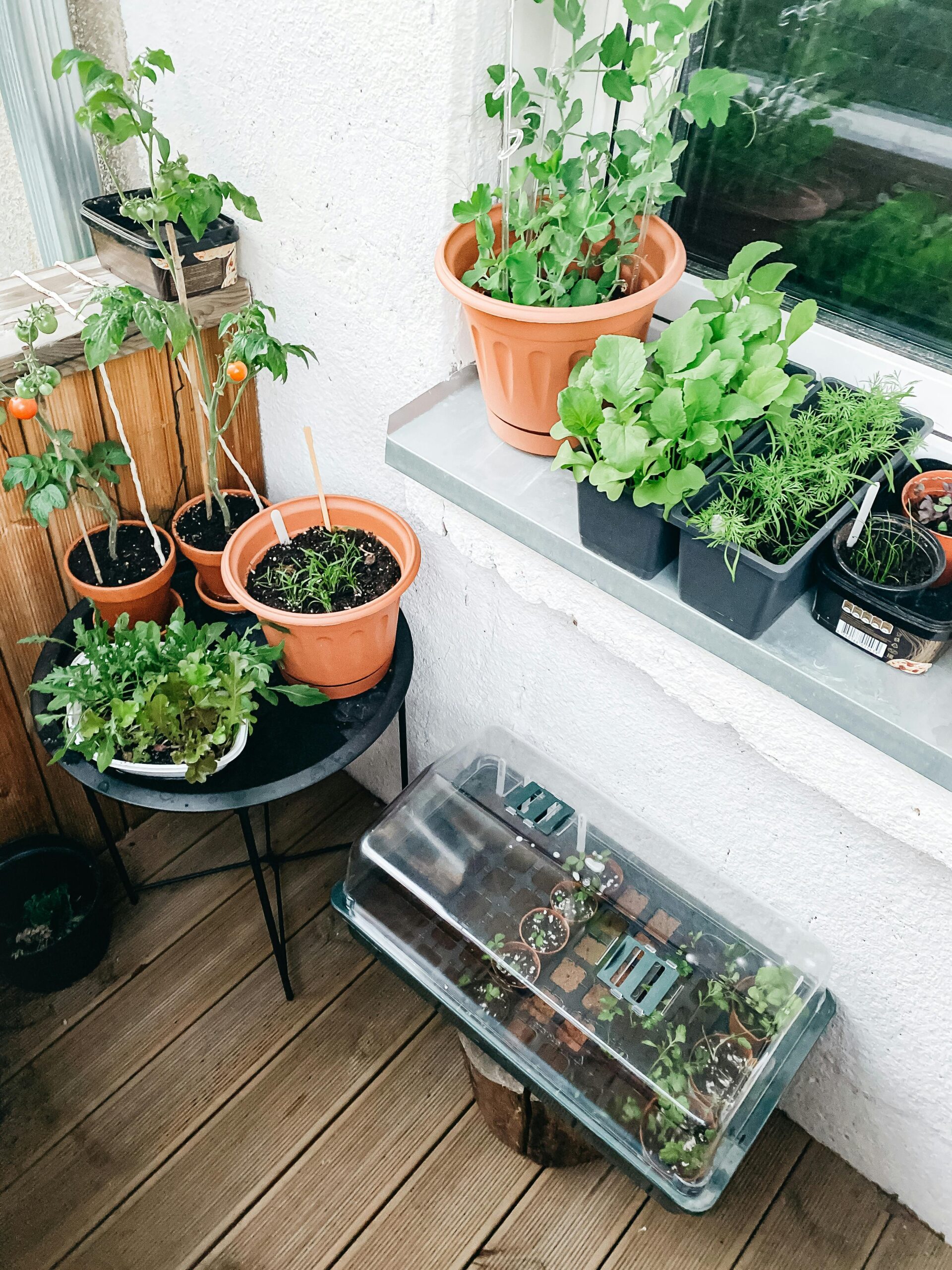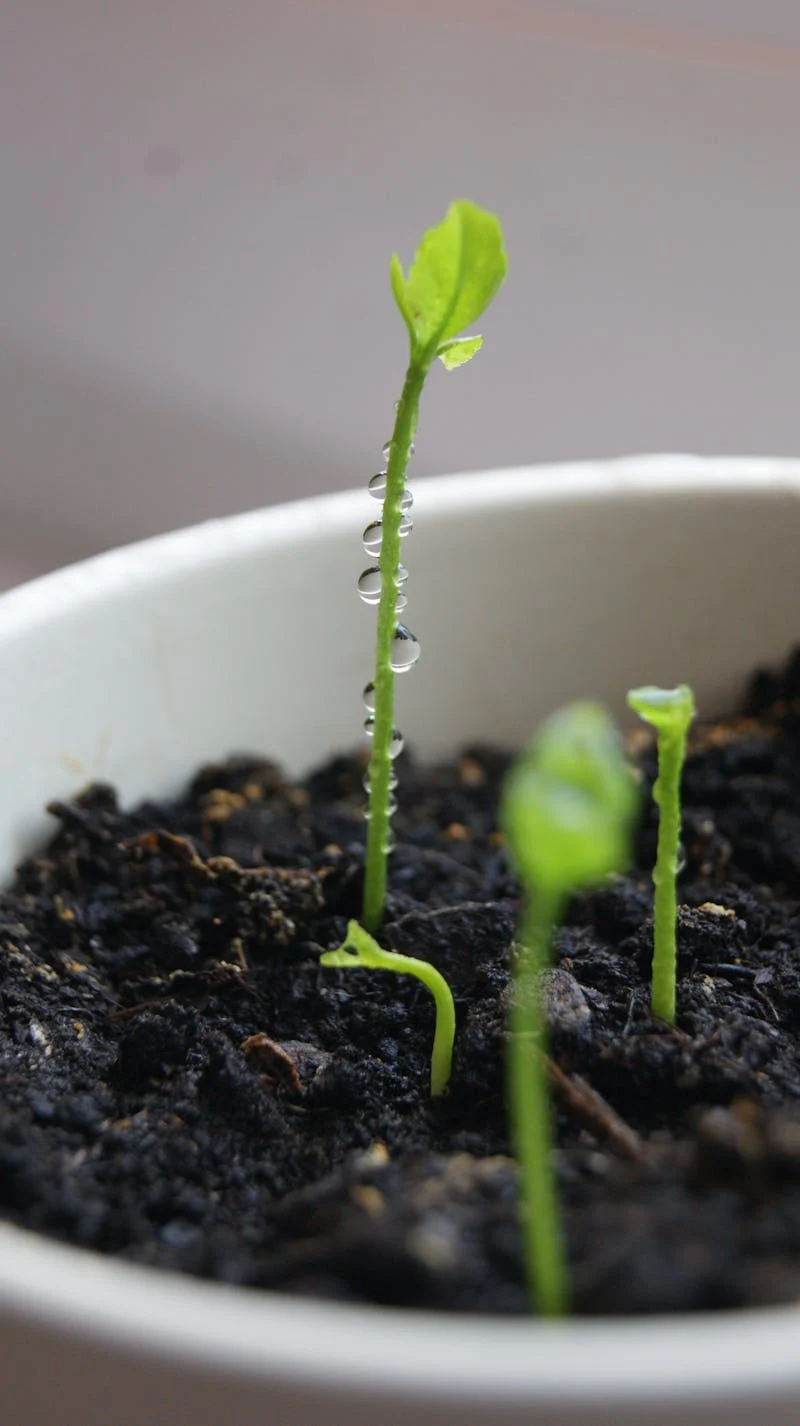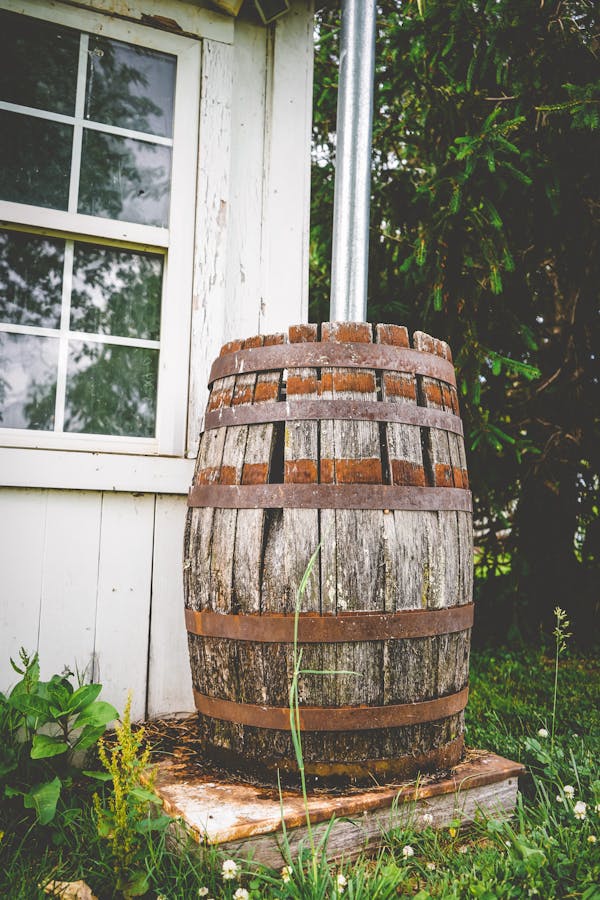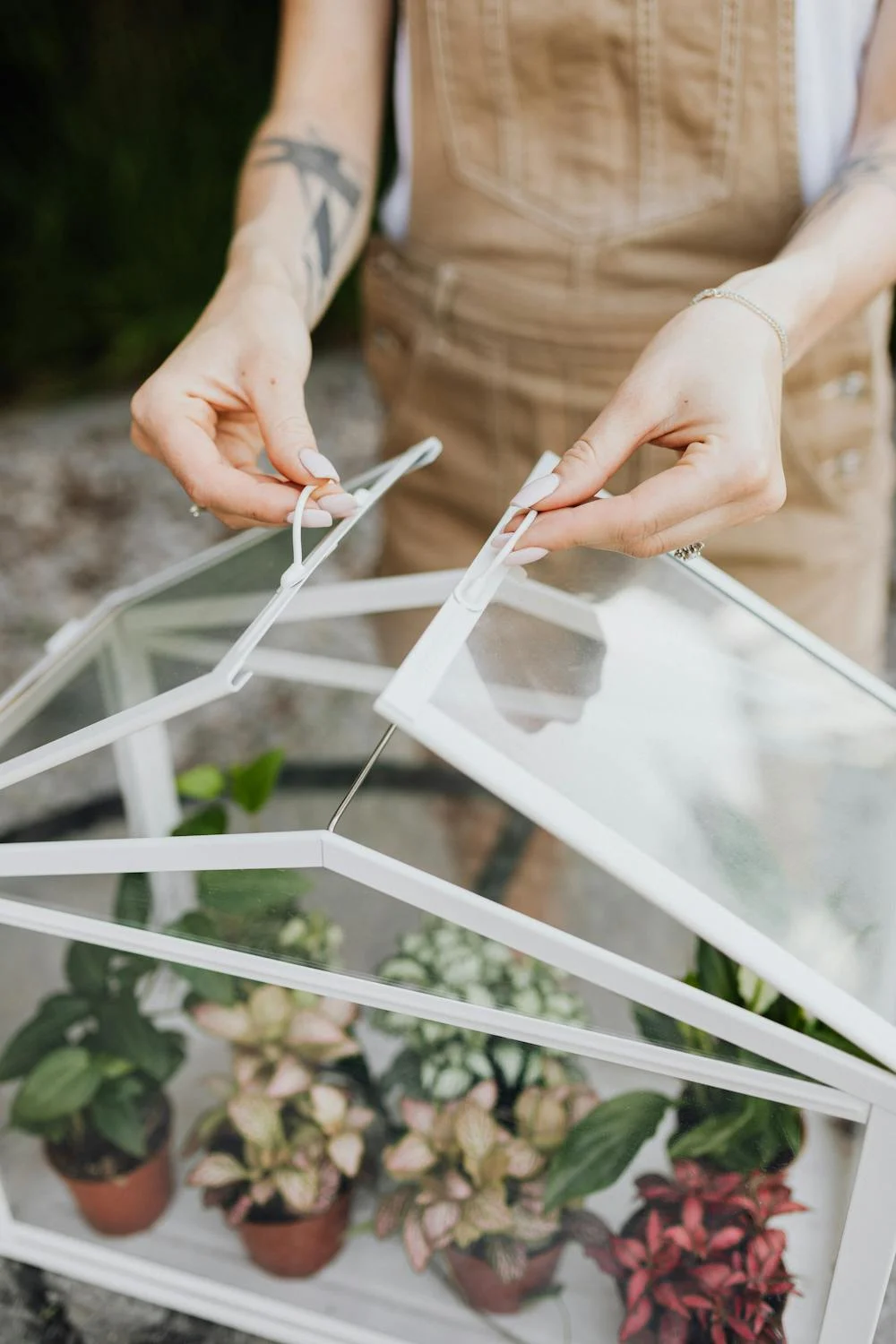Gardening is a rewarding and fulfilling activity, but even experienced gardeners make mistakes that can stunt plant growth, reduce yields, or even kill plants. Whether you’re a beginner or a seasoned gardener, learning to recognize and correct these common gardening mistakes will help you create a healthier, more productive garden.

1. Choosing the Wrong Plants for Your Climate
Not all plants thrive in every climate. Selecting plants that aren’t suited for your region’s temperature, humidity, and soil conditions can lead to slow growth, disease, or failure to bloom.
How to Avoid This Mistake:
✔ Research your plant hardiness zone before choosing plants.
✔ Opt for native or climate-appropriate plants that require less maintenance.
✔ Use microclimates in your yard to your advantage (e.g., plant heat-loving crops near walls that retain warmth).
2. Planting Too Close Together
Overcrowding plants reduces airflow, increases competition for nutrients, and can lead to disease and pest problems.
How to Avoid This Mistake:
✔ Follow spacing guidelines on seed packets or plant labels.
✔ Use raised beds or containers for better plant organization.
✔ Prune or thin seedlings regularly to maintain airflow and reduce overcrowding.
3. Poor Soil Preparation
Many gardeners underestimate the importance of healthy soil. Soil that is too compacted, nutrient-deficient, or lacking proper drainage can result in weak plants.
How to Avoid This Mistake:
✔ Test your soil to determine pH and nutrient levels.
✔ Add organic matter like compost to improve fertility and drainage.
✔ Use mulch to retain moisture and prevent soil erosion.
4. Neglecting Sunlight Requirements
Plants need the right amount of sunlight to grow well. Placing sun-loving plants in the shade or shade-tolerant plants in full sun can lead to poor growth and lower yields.
How to Avoid This Mistake:
✔ Observe your garden’s sunlight patterns before planting.
✔ Match plants to their required light conditions:
- Full sun (6+ hours): Tomatoes, peppers, lavender
- Partial shade (3-6 hours): Lettuce, spinach, carrots
- Full shade (less than 3 hours): Ferns, hostas
✔ Use containers or raised beds to reposition plants if needed.
5. Ignoring Pest and Disease Prevention
Waiting until pests or diseases spread throughout your garden makes them harder to control.
How to Avoid This Mistake:
✔ Identify common garden pests (aphids, slugs, whiteflies) and diseases (powdery mildew, blight) early.
✔ Use natural pest control methods:
- Neem oil to deter insects
- Diatomaceous earth for slugs and beetles
- Companion planting (e.g., marigolds repel aphids)
✔ Remove infected leaves immediately and practice crop rotation to prevent disease buildup.
6. Overwatering or Underwatering
Too much or too little water is one of the most common gardening mistakes. Overwatering leads to root rot, while underwatering weakens plants.
How to Avoid This Mistake:
✔ Water only when the top inch of soil is dry (use the finger test).
✔ Use mulch to retain moisture and reduce evaporation.
✔ Choose the best watering method for your garden:
- Drip irrigation: Slow and efficient watering
- Soaker hoses: Deep watering with minimal runoff
- Bottom watering for containers: Encourages strong root growth
7. Failing to Feed Plants Properly
Plants need the right balance of nutrients to thrive. Too much fertilizer can burn roots, while too little leads to slow growth.
How to Avoid This Mistake:
✔ Use organic compost to enrich the soil naturally.
✔ Apply slow-release fertilizers to avoid overfeeding.
✔ Understand nutrient needs:

- Nitrogen (leafy greens) for strong foliage
- Phosphorus (flowers/fruits) for blooming and fruiting
- Potassium (root crops) for overall plant health
8. Not Rotating Crops
Growing the same plants in the same spot each year depletes the soil and increases the risk of pests and diseases.
How to Avoid This Mistake:
✔ Rotate plant families each year (e.g., tomatoes and peppers one year, beans the next).
✔ Plant nitrogen-fixing crops (peas, beans) to restore soil fertility.
9. Using the Wrong Tools or Dull Equipment
Blunt shears, low-quality shovels, and improper tools can damage plants and make gardening harder.
How to Avoid This Mistake:
✔ Invest in high-quality, ergonomic tools.
✔ Keep pruners and shears sharp for clean cuts.
✔ Store tools properly to prevent rust and damage.
10. Harvesting at the Wrong Time
Picking vegetables too early or too late affects flavor and texture.
How to Avoid This Mistake:
✔ Harvest leafy greens early for tender leaves.
✔ Pick tomatoes when fully colored but still firm.
✔ Use a harvesting calendar to track maturity dates.
Mastering Gardening by Avoiding Common Pitfalls
Gardening is a learning process, and mistakes are part of the journey. By avoiding these common errors—choosing the right plants, preparing soil properly, managing water and sunlight, preventing pests, and using the right tools—you can enjoy a thriving, beautiful garden.
Take time to observe, experiment, and improve your gardening techniques. With patience and care, your garden will flourish, providing delicious food, vibrant flowers, and a deep connection to nature. 🌿🌼





Leave a Reply